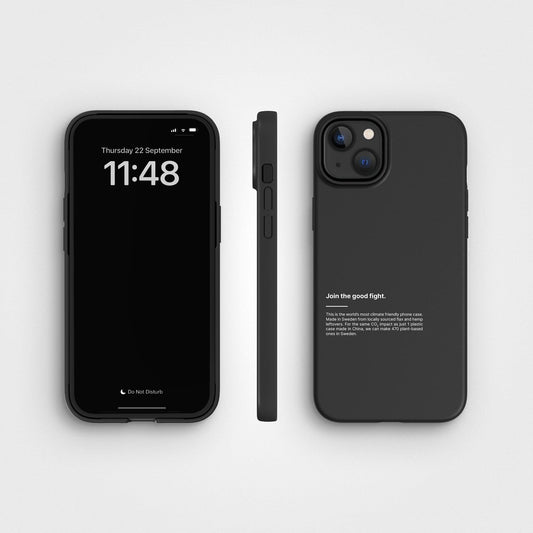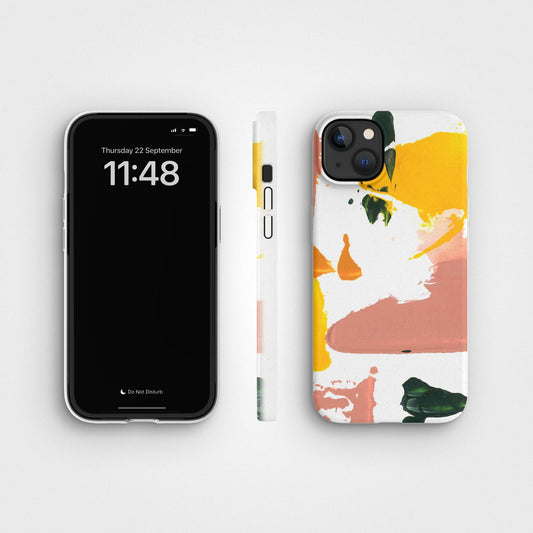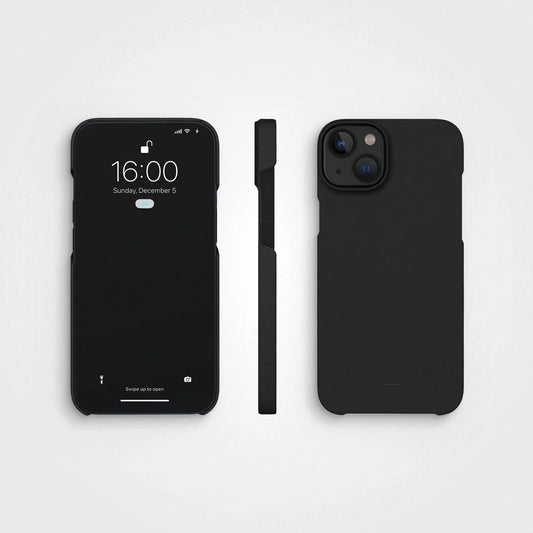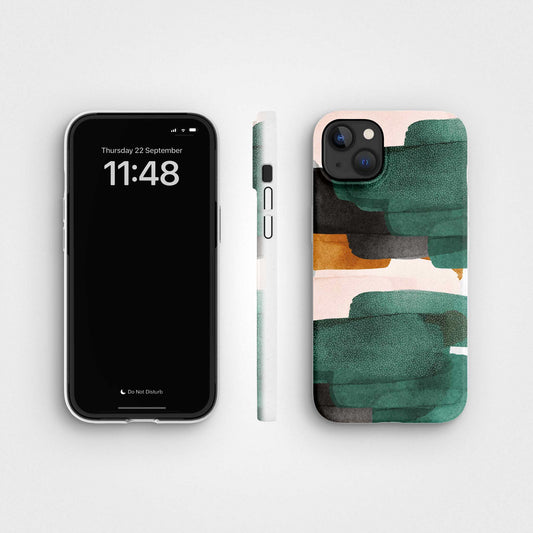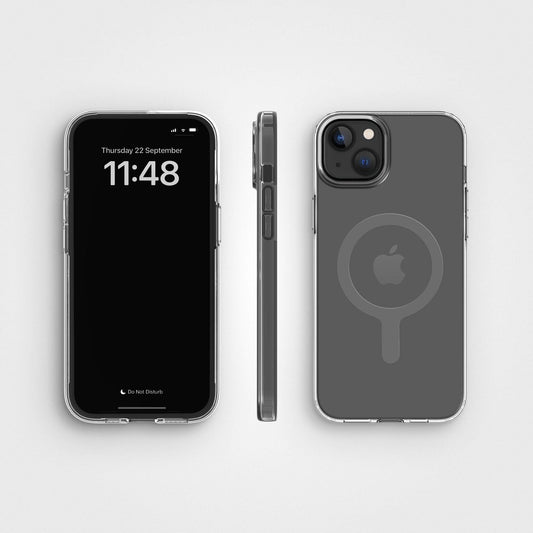In einer Welt, in der der durchschnittliche Amerikaner jedes Jahr unglaubliche 23,6 Rollen Toilettenpapier verbraucht, ist es unmöglich, den kolossalen ökologischen Fußabdruck zu ignorieren, den die Toilettenpapierindustrie hinterlässt. Als wir in die Tiefen dieser alltäglichen Notwendigkeit eintauchten, konnten wir nicht anders, als zusammenzuzucken angesichts dessen, was wir herausfanden.
Aber wir gehören nicht zu denen, die sich mit Problemen herumschlagen, ohne einen Plan für Veränderungen zu haben. Und so beginnt unsere Reise: ein Toilettenpapier herzustellen, das Ihre Haut streichelt und gleichzeitig die Erde wiegt. So haben wir es geschafft.
Schnelle Links
-
Das Problem identifizieren: nicht nachhaltiger Toilettenpapierverbrauch
-
Nachhaltige Alternativen erforschen: Bambus übernimmt die Führung
-
Bambus-Toilettenpapierfabrik
-
Warum sollten Sie sich für unser Bambus-Toilettenpapier entscheiden?
-
Lieferung und Verpackung: Bambus-Toilettenpapier zu Ihnen bringen
-
Die sozialen Auswirkungen des Bambus-Toilettenpapiers eines guten Unternehmens
Das Problem identifizieren: nicht nachhaltiger Toilettenpapierverbrauch
Wie bereits erwähnt, verbraucht der durchschnittliche Amerikaner 23,6 Rollen Toilettenpapier (TP) pro Jahr . Wenn wir Amerika als Durchschnitt nehmen und das dann mit den 30 % der Weltbevölkerung multiplizieren, die Toilettenpapier verwenden, also etwa 2,1 Milliarden Menschen, dann ist das … nun, wir haben keine Finger mehr, aber es sind eine Menge Rollen.
Da Toilettenpapier ein so großes Grundnahrungsmittel ist, haben wir beschlossen, etwas über die Branche zu recherchieren. Was wir vorfanden, gefiel uns nicht.
Es stellt sich heraus, dass das meiste Toilettenpapier aus dem Fruchtfleisch jungfräulicher Bäume hergestellt wird, ein Prozess, der unsere Wälder gnadenlos opfert, auf umweltschädliche Chlorbleiche angewiesen ist und mit der unansehnlichen Plastikverpackung endet. Um es mit den Worten der legendären Reggae-Künstlerin Dawn Penn auszudrücken: Unsere erste Reaktion war ein klares „Nein, nein, nein.“
Nachhaltige Alternativen erforschen: Bambus übernimmt die Führung
Um das Frischholzproblem zu lösen, wussten wir, dass wir eine nachhaltigere Alternative mit ähnlichen Eigenschaften finden mussten. Bambus erwies sich als Lösung.

Eigentlich handelt es sich um eine Grasart, die ähnliche Eigenschaften wie Hartholzbäume hat, aus denen normales Zellstoff-Toilettenpapier hergestellt wird, und ein mehr als ausreichender Ersatz ist. Die Vorteile sind:
- Schnelles Wachstum – Bambus wächst extrem schnell und kann im Gegensatz zu Bäumen nach Erreichen der Reife immer wieder geerntet werden
- Wassereffizienz – doppelt so hoch wie bei Bäumen
- Erhöhter Ertrag – typischerweise übersteigt der durchschnittliche Bambusertrag von bis zu 150 Tonnen pro Hektar den Ertrag von 25 Tonnen für die meisten Bäume bei weitem
- Natürliche antibakterielle Eigenschaften – keine Pestizide erforderlich
- Nährstoffe werden im Wurzelsystem gespeichert – Düngemittel sind nicht erforderlich
- Absorbiert doppelt so viel Kohlenstoff wie Bäume und produziert 30 % mehr Sauerstoff
- Ergibt weiches, natürlich antibakterielles Papier.
Bambus ist wirklich eine der nachhaltigsten Ressourcen, die uns zur Verfügung stehen, wir lieben ihn.
Bambus-Toilettenpapierfabrik
Da wir nun das perfekte Material hatten, mussten wir eine Fabrik finden. Da Bambus hauptsächlich in Asien angebaut wird, dachten wir, dass dies der beste Ort wäre, um eine Fabrik zu finden, aus der daraus Toilettenpapier hergestellt werden könnte. Unser unerschrockenes Beschaffungsteam begab sich in die Bergregion Guizhou in China, ein Gebiet, in dem Bambus seit Tausenden von Jahren auf natürliche Weise zusammen mit anderen Pflanzen wächst.
Dort, in der Grenzstadt Chishui, entdeckten sie die Bambus-Toilettenpapierfabrik, nach der wir suchten. Die Fabrik ist seit 2001 in Betrieb und wird mit Wasserkraft betrieben. Das Verfahren zur Herstellung der Bambus-Toilettenrolle ist unkompliziert und sauber.


Herstellung von Bambus-Toilettenpapier
Bei einem guten Unternehmen glauben wir, dass jede Entscheidung, die wir treffen, einen Unterschied machen kann. Deshalb sind wir stolz, Ihnen unser völlig natürliches Bambus-Toilettenpapier vorzustellen, eine nachhaltige Lösung, die mit jedem Wischvorgang den Planeten schont und zu 100 % aus nachhaltig angebautem Bambus besteht.
Bambusstämme werden zu Zellstoff verarbeitet und dann auf riesigen Rollen in das Papier gepresst. Für kleinere Menschen wie uns werden diese später in kleinere Rollen aufgeteilt. Anfallendes Abwasser wird in einem geschlossenen Kreislaufsystem behandelt und es werden keine Bleichchemikalien verwendet, was unseren ökologischen Fußabdruck weiter reduziert.
Warum sollten Sie sich für unser Bambus-Toilettenpapier entscheiden?
Unser Engagement für Nachhaltigkeit beginnt von Anfang an. Wir wählen sorgfältig Bambus aus, der in der Region seit Jahrhunderten nachhaltig angebaut wird.
Noch besser ist, dass unser Produktionsprozess unglaublich wassereffizient ist. Wir verbrauchen kein zusätzliches Wasser und tragen so dazu bei, diese kostbare Ressource für künftige Generationen zu schonen. Darüber hinaus ist unser Verfahren völlig bleichmittelfrei, was bedeutet, dass wir unsere Auswirkungen auf die Umwelt noch weiter reduzieren.
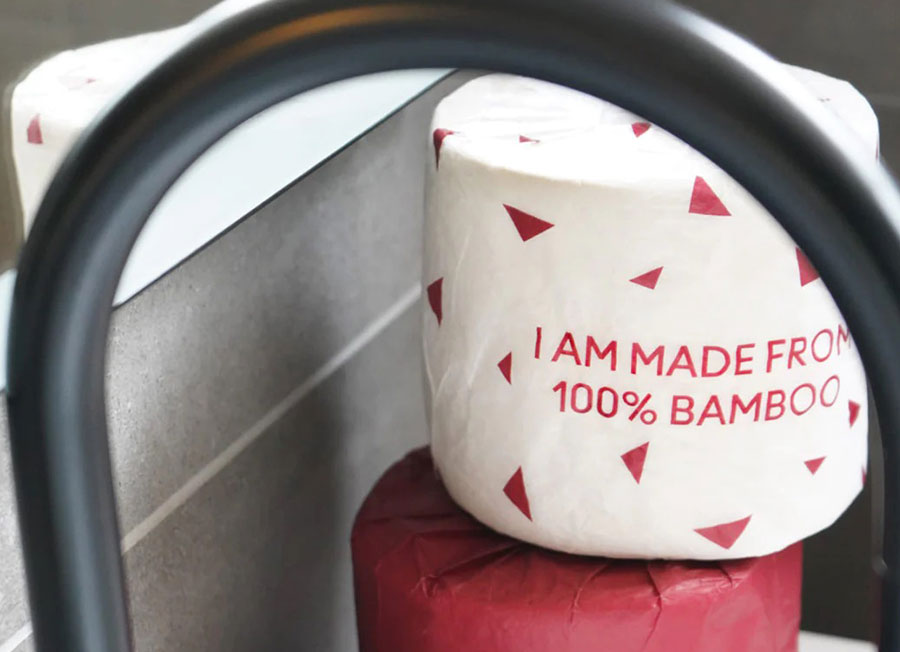

Und wenn es an der Zeit ist, unser Bambus-Toilettenpapier und Küchenrollenpapier zu entsorgen, sind Sie bei uns genau richtig. Obwohl unser Produkt noch nicht Teil eines guten Kreislaufs ist, wurde es unter Berücksichtigung der Umweltfreundlichkeit entwickelt. Unser Toiletten- und Küchenpapier zersetzt sich auf natürliche Weise im Wasser. Wenn Sie es entsorgen müssen, können Sie es Ihrem Kompost hinzufügen. Nutzen Sie die leeren Rollen für DIY-Upcycling-Projekte oder als zusätzliches Kompostmaterial.
Wenn Sie noch unsicher sind, haben wir einen umfassenden Blog mit allem, was Sie über Bambus-Toilettenpapier wissen müssen , der tiefer in die Thematik einsteigt und detailliertere Informationen liefert.
Lieferung und Verpackung: Bambus-Toilettenpapier zu Ihnen bringen
Nun ein weiterer entscheidender Schritt: die Auslieferung an unsere Kunden. Wir versenden gutes Bambus-Toilettenpapier aus China per klimakompensiertem Versand an unsere Logistikzentren in Estland und den USA. Bei der Klimakompensation geht es darum, die während der Schifffahrt entstehenden Kohlenstoffemissionen auszugleichen, indem in Umweltinitiativen investiert wird, die eine entsprechende Menge Kohlenstoff aus der Atmosphäre entfernen oder ausgleichen .
Die letzte Etappe der Lieferung bis zu Ihrer Haustür erfolgt ebenfalls klimakompensiert, aber was die letzte Etappe der Reise noch spezieller macht, ist die Verpackung. Unser Bambus-Toilettenpapier kommt nicht in irgendeiner Verpackung an; es wird in Steinpapier eingewickelt geliefert. Steinpapier ist eine bemerkenswerte Innovation im Bereich nachhaltiger Verpackungen. Im Gegensatz zu herkömmlichem Papier aus Bäumen wird Steinpapier mit deutlich weniger Wasser und ohne Zellstoff hergestellt.
Verpackungsinnovationen für Bambus-Toilettenpapier
Um die Nachhaltigkeit zu erhöhen, haben wir außerdem zwei große Verpackungsinnovationen mit einem guten Firmen-Toilettenpapier eingeführt.
- Wir haben die Innenrolle von Zellstoffpapier gegen Bambuspapier ausgetauscht. Dieser innovative Wechsel reduziert unsere Abhängigkeit von Frischzellstoff und erhöht die allgemeine Umweltfreundlichkeit unseres Produkts. Da Bambus eine schnell erneuerbare Ressource ist, passt er nahtlos zu unserer Mission, unseren ökologischen Fußabdruck zu minimieren.
- Früher haben wir unsere Bambus-Toilettenpapierrollen in Plastik eingewickelt, aber nicht mehr! Jetzt wickeln wir jede Rolle einzeln mit Bambuspapier ein. Das bedeutet, dass überhaupt kein Plastik im Spiel ist. Auf diese Weise reduzieren wir den Plastikmüll und schonen die Erde.

Unser Engagement für Nachhaltigkeit
Alles, vom Rohmaterial über den Herstellungsprozess bis hin zur Verpackung und Lieferung, wurde so konzipiert, dass es möglichst geringe Auswirkungen auf die Umwelt hat. Wir wissen jedoch, dass wir nicht perfekt sind, und wir werden weiterhin nach Möglichkeiten suchen, unseren Prozess zu verbessern.
Das Bambus-Toilettenpapier des Unternehmens agood unterstützt Frauen weltweit
Über 500 Millionen Frauen auf der ganzen Welt stehen vor Herausforderungen bei der Bewältigung ihrer Periode, was häufig dazu führt, dass sie nicht zur Schule gehen oder zur Arbeit gehen und gesellschaftlich stigmatisiert werden. Wie machen wir einen Unterschied? Für jedes Bambus-Toilettenpapier- oder Küchenrollen-Abonnement arbeiten wir mit der Organisation Days for Girls zusammen , um Frauen in Not Menstruationssets zur Verfügung zu stellen. Unser gemeinsames Ziel ist ehrgeizig: die Beendigung der Periodenarmut. Auch wenn es Zeit, Mühe und die Zusammenarbeit aller erfordert, ist es unser Ziel, jedes Jahr mindestens 10.000 Perioden-Sets bereitzustellen.

Abschließende Gedanken
Wenn Sie darüber nachdenken, in Ihrem täglichen Leben umweltfreundlich zu leben, ist hier ein toller Tipp: Erwägen Sie, Ihr normales oder recyceltes Toilettenpapier durch Bambus-Toilettenpapier auszutauschen. Bambus-Toilettenpapier bietet eine einzigartige Kombination aus Weichheit, Haltbarkeit und Umweltbewusstsein.
Eine seiner herausragenden Eigenschaften ist, wie schnell es nach Gebrauch zerfällt. Sie müssen sich nicht mehr mit lästigen Verstopfungen in Ihren Rohren oder Ihrem Abwassersystem herumschlagen. Noch cooler ist, dass Bambus unglaublich erneuerbar ist und superschnell wächst, ohne dass viel Platz, Düngemittel oder Pestizide benötigt werden.
Am Ende liegt die Entscheidung bei Ihnen. Aber denken Sie daran, dass Sie jedes Mal, wenn Sie Bambus-Toilettenpapier verwenden, eine bewusste Entscheidung für die Umwelt treffen. Versuche es. Es wird sich bestimmt lohnen!


